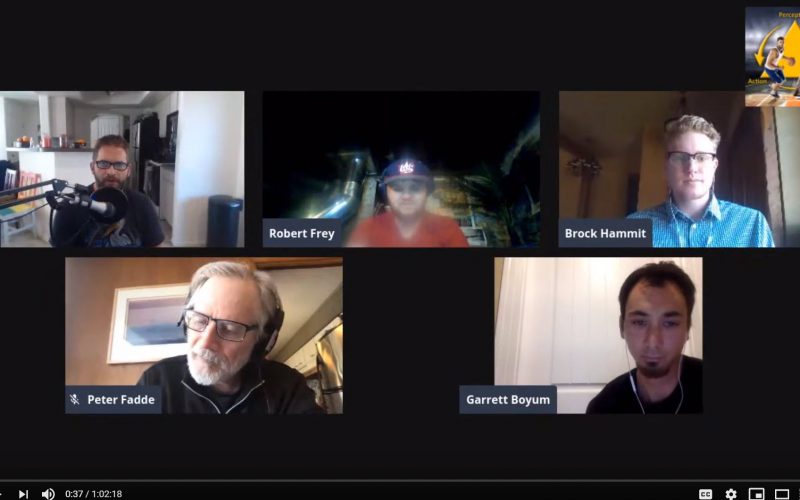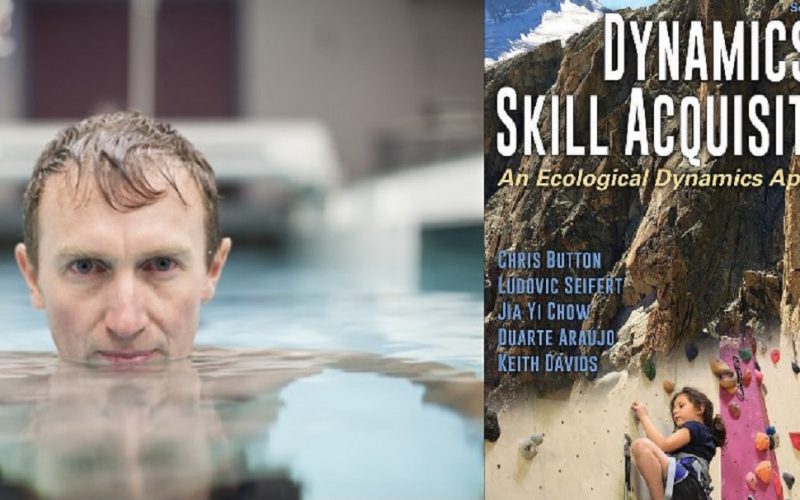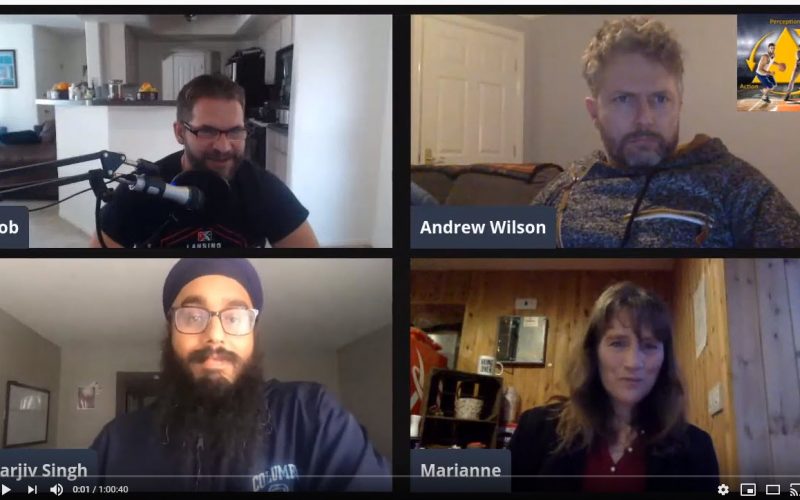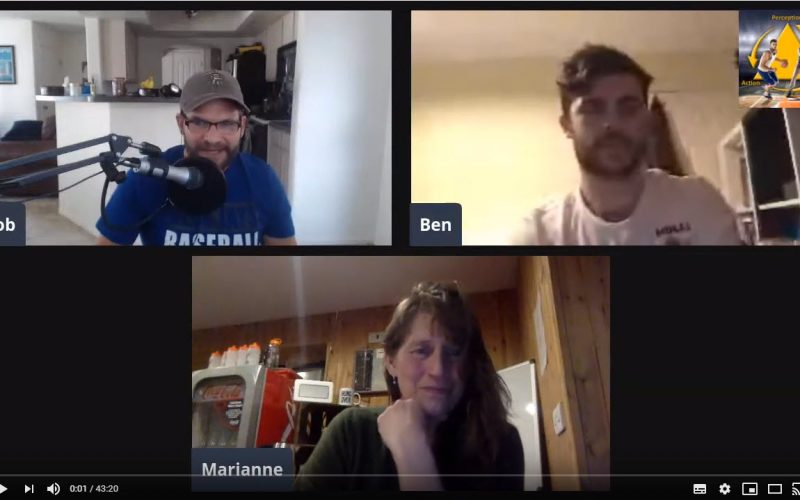179 – Journal Club #3: Pitch Information & the Regulation of Baseball Swing Timing
179I am joined by Garret Boyum, Brock Hammit and Robert Frey from the Finding the Edge podcast and Peter Fadde from Game Sense sports to discuss an interesting new article on baseball batting. How does pitch sequencing and advance knowledge about the pitch type effect the timing of the different stages of a baseball swing?…
Read More



